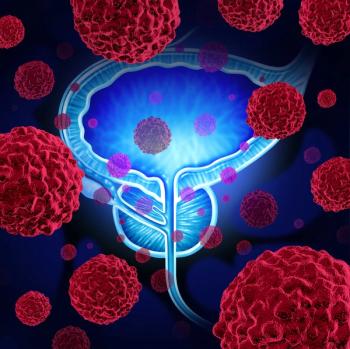
Oncology NEWS International
- Oncology NEWS International Vol 16 No 8
- Volume 16
- Issue 8
Phase III failure rates in oncology drugs unacceptable
These are exciting times in oncology. Over the past 2 decades, we have made remarkable progress in our understanding of the molecular and cellular processes involved in cancer progression.
These are exciting times in oncology. Over the past 2 decades, we have made remarkable progress in our understanding of the molecular and cellular processes involved in cancer progression. Along the way, we've seen some profound advances in the diagnosis and treatment of cancer. Nonetheless, the development of new cancer drugs is largely an inefficient and costly process, which has resulted in depressing approval rates and a pipeline clogged with failed compounds and billions of wasted dollars.
Although success rates vary considerably within the pharmaceutical industry, oncology drugs have the highest failure rates among the various therapeutic areas. For instance, about 20% of cardiology drugs succeed, whereas only about 5% of new oncology compounds go from first-in-human trial to FDA approval. In non-small-cell lung cancer alone, between 1990 and 2005, a total of 1,631 new drugs were studied in phase II. Only seven of these new agents gained FDA approval.
For balance, it's worth noting that oncology drugs are attacking disease entities of enormous complexity, and FDA standards for approvalwith good reasonare increasingly more demanding. That said, the high attrition rate in drug development becomes more alarming when we realize that the cost of discovering and developing a new drug can be as much as $900 million.
Moreover, the vast majority of failure occurs late in the pipeline, in phase II and III. A failure at phase III is particularly painful. We lose not only the hope of a promising new compound but also precious capital expenditure. This failure rate is unacceptable, and we are part of the problem, not part of the solution.
We have learned that using response rate alone in small-sample phase II trials is not terribly meaningful. Then we jump to phase III studies based on historic controls that we know can be terribly misleading. A better endpoint in phase II studies would be progression-free survivaleven with all its limitations. But more important, we're currently accepting a 30% rate of improvement in a phase II randomized trial as justification to move to phase III.
Drug development is a high-stakes game; modest results are simply not good enough30% improvement in phase II doesn't translate into 30% improvement in phase III. It translates into an unacceptably high rate of failure.
We must make a concerted effort to set the bar higher and design trials for success, not failure. We need to abandon the current oncology paradigms for phase I and II clinical trials and adopt a principle that requires larger trials with bettervalidated preclinical targets. Raising our standards in early trials will lead to higher success in phase III, thereby facilitating a more fluid translation of promising scientific advances into cost-effective therapies for our cancer patients.
Articles in this issue
over 18 years ago
Avoiding copay shockover 18 years ago
Induction chemo increases survival in unresectable NSCLCover 18 years ago
Superselective chemo strategies for HCCover 18 years ago
'Value meal dosing' of lapatinib is proposedover 18 years ago
AMA approves CPT code for Axxent electronic brachytherapyover 18 years ago
Zevalin/R after CHOP-R doubles CRs in follicular NHLover 18 years ago
RT plus local paclitaxel gel promising in esophageal caover 18 years ago
TH vs TCH in metastatic breast cancer: 'Take your pick'Newsletter
Stay up to date on recent advances in the multidisciplinary approach to cancer.
























































































